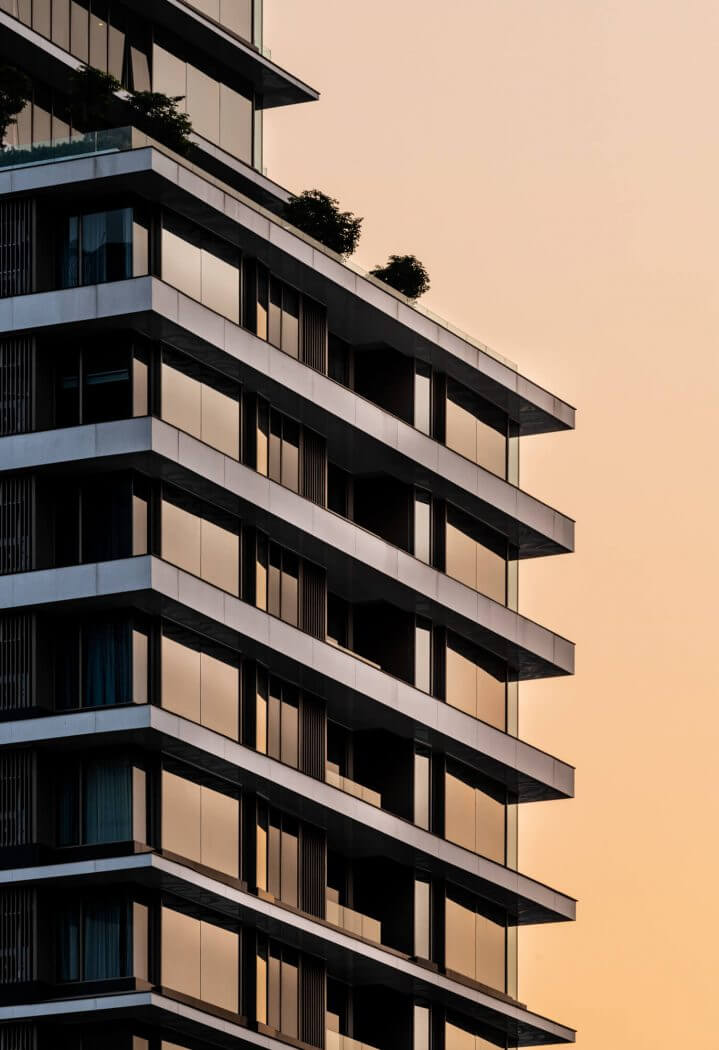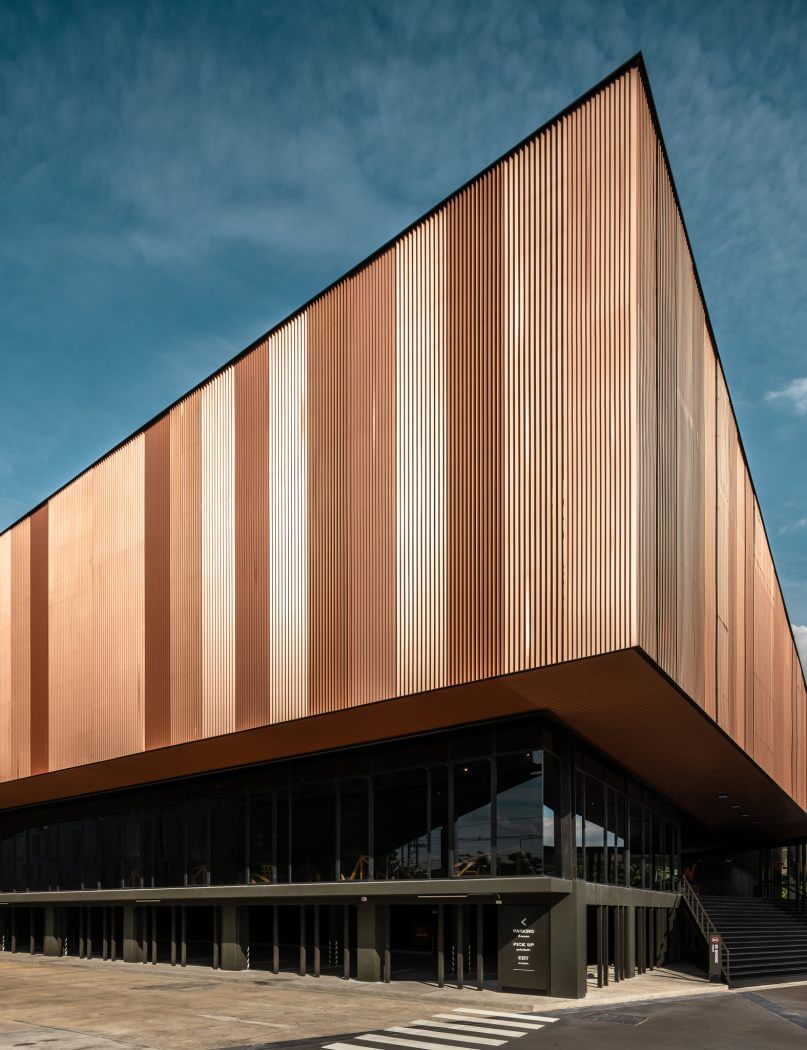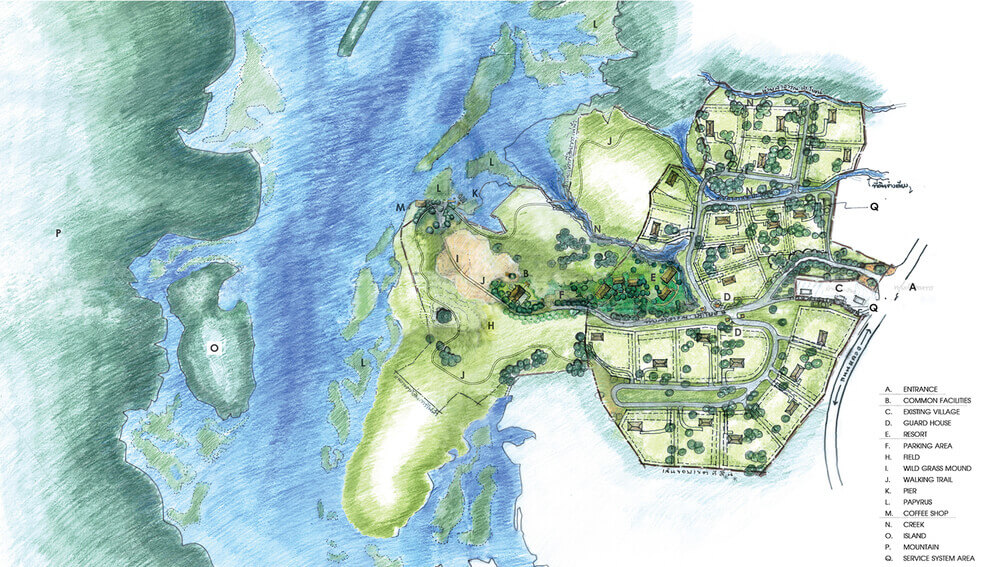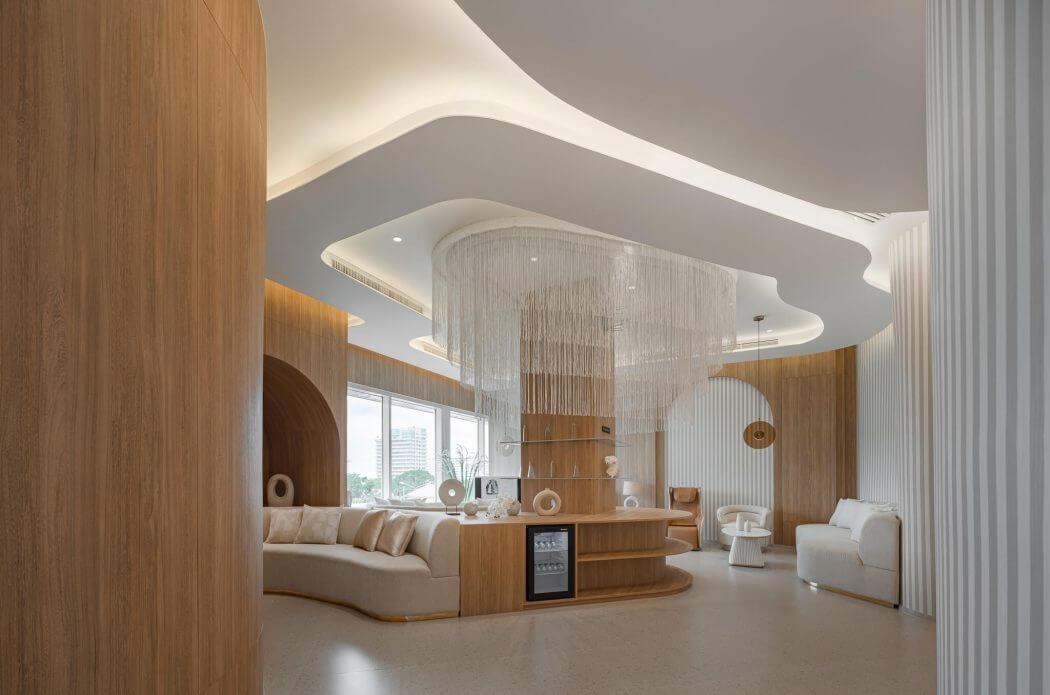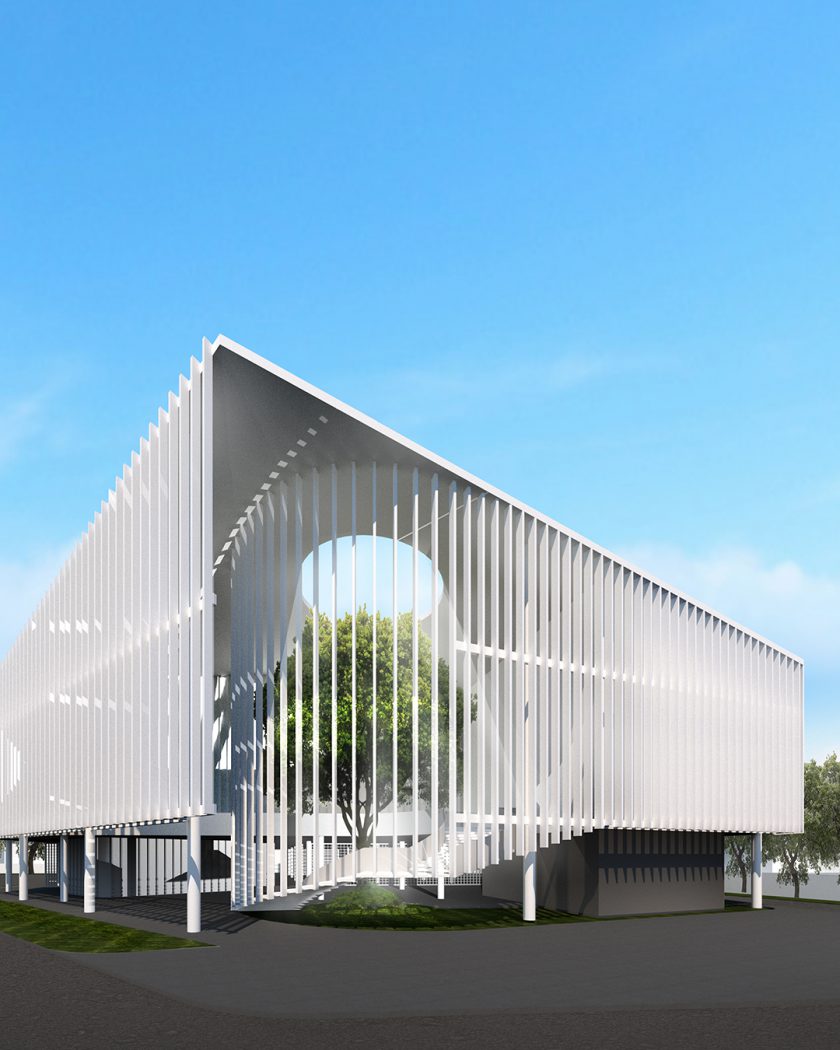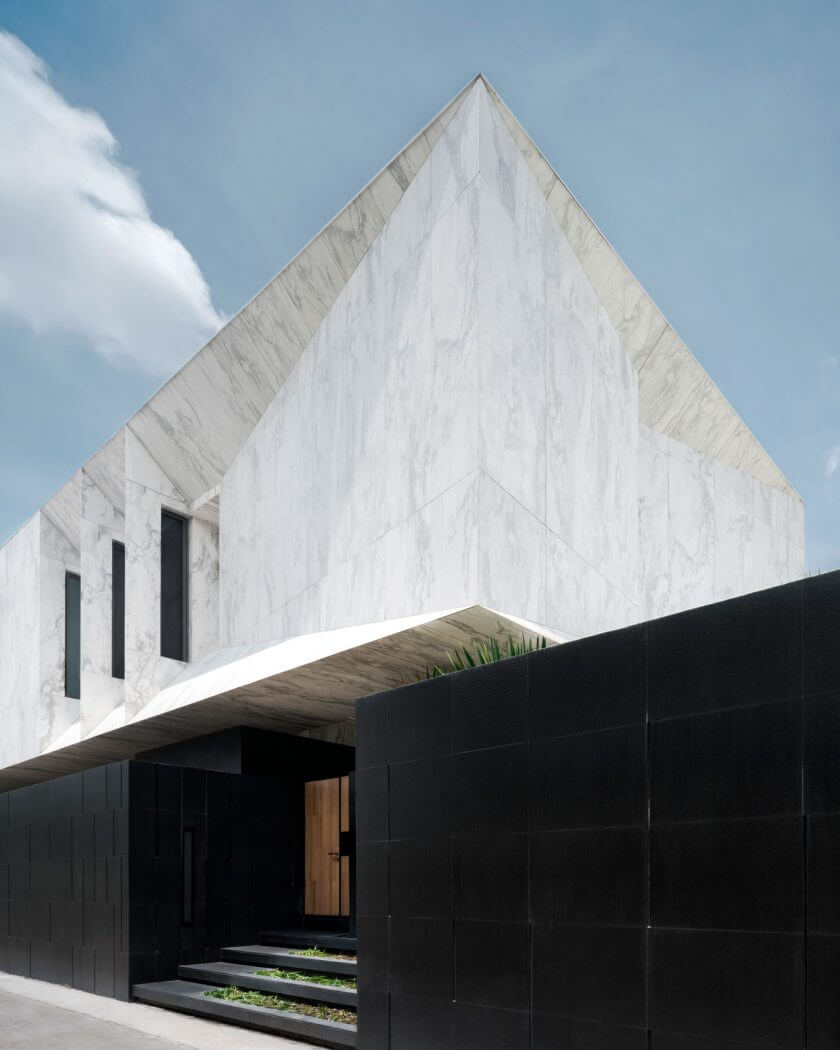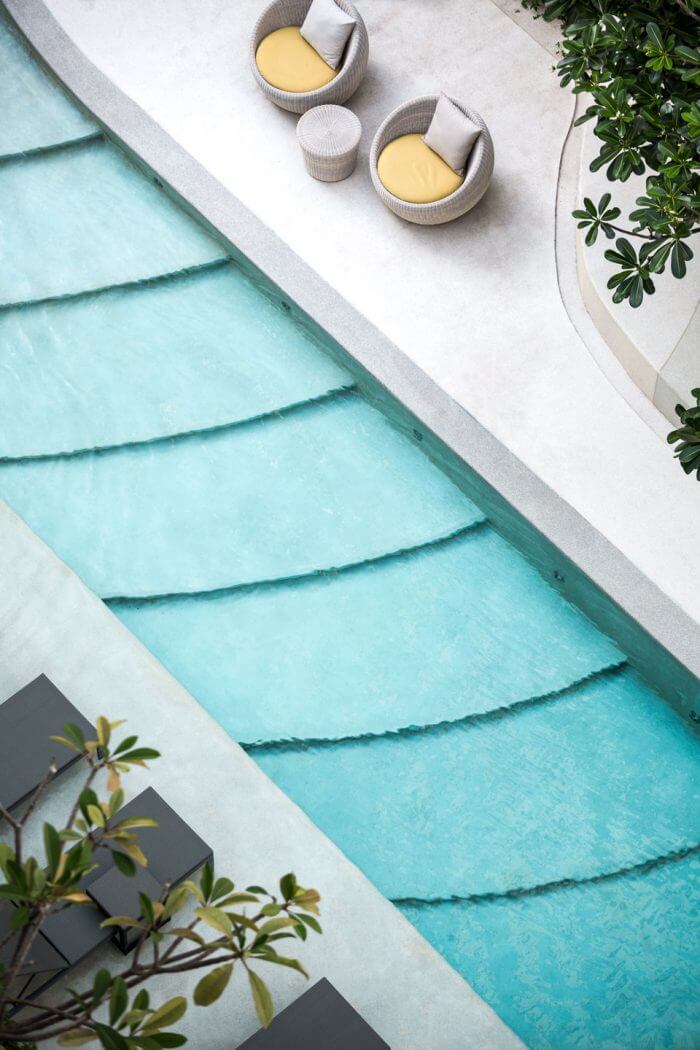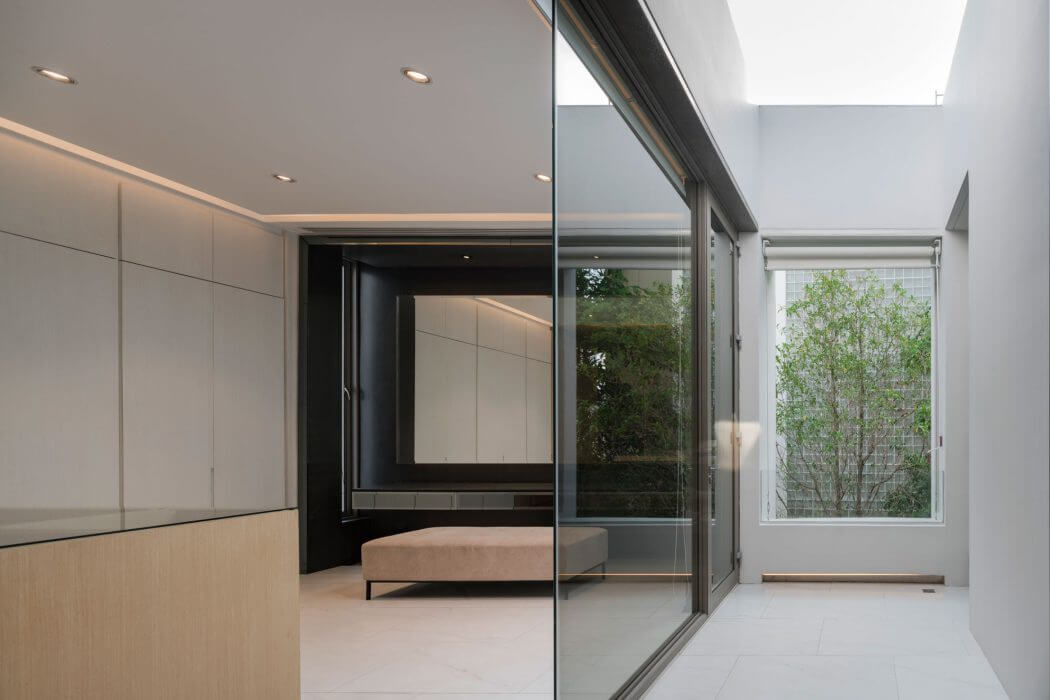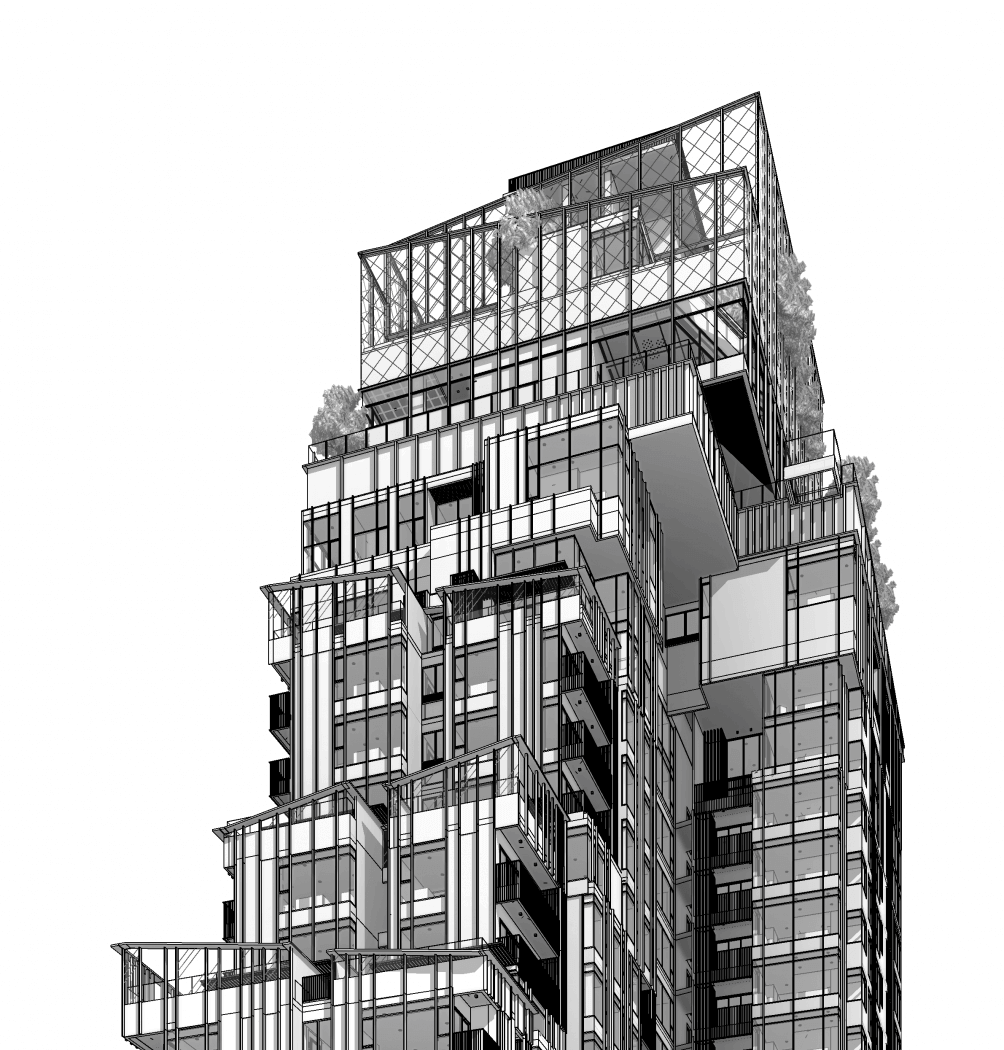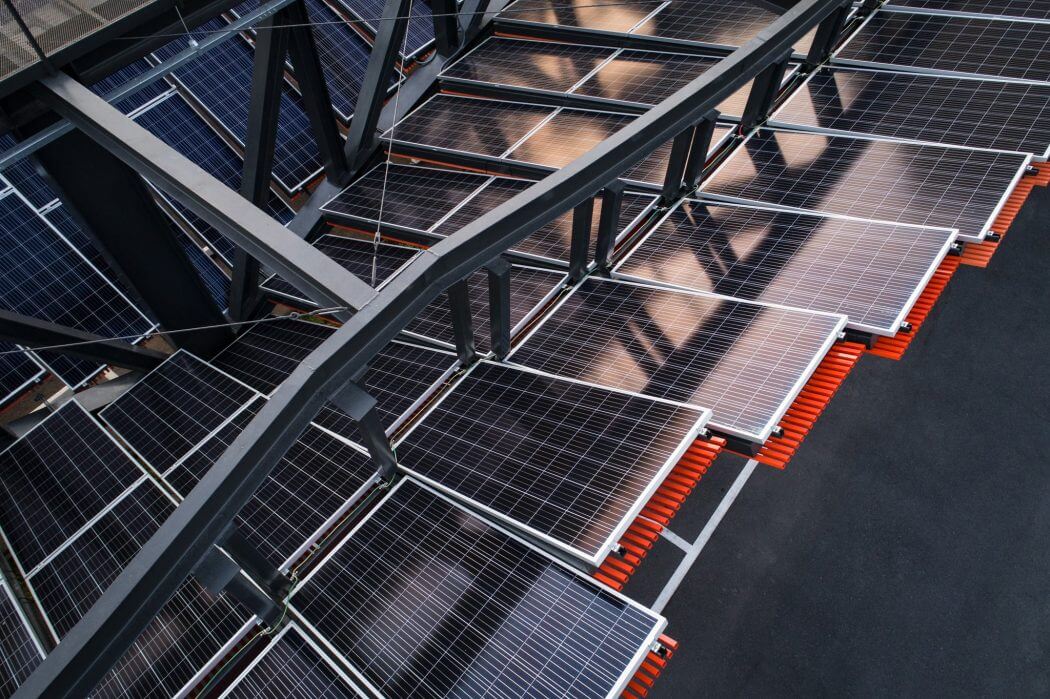As Openbox Architects Co.,Ltd. , we are deeply committed to pushing the boundaries of architectural design to create spaces that not only inspire but also promote environmental sustainability and human well-being. In our pursuit of innovative and visionary design solutions, we have embarked on a reflective journey to consider the impact of PM2.5 on architectural building design and the possibilities it presents for the future.
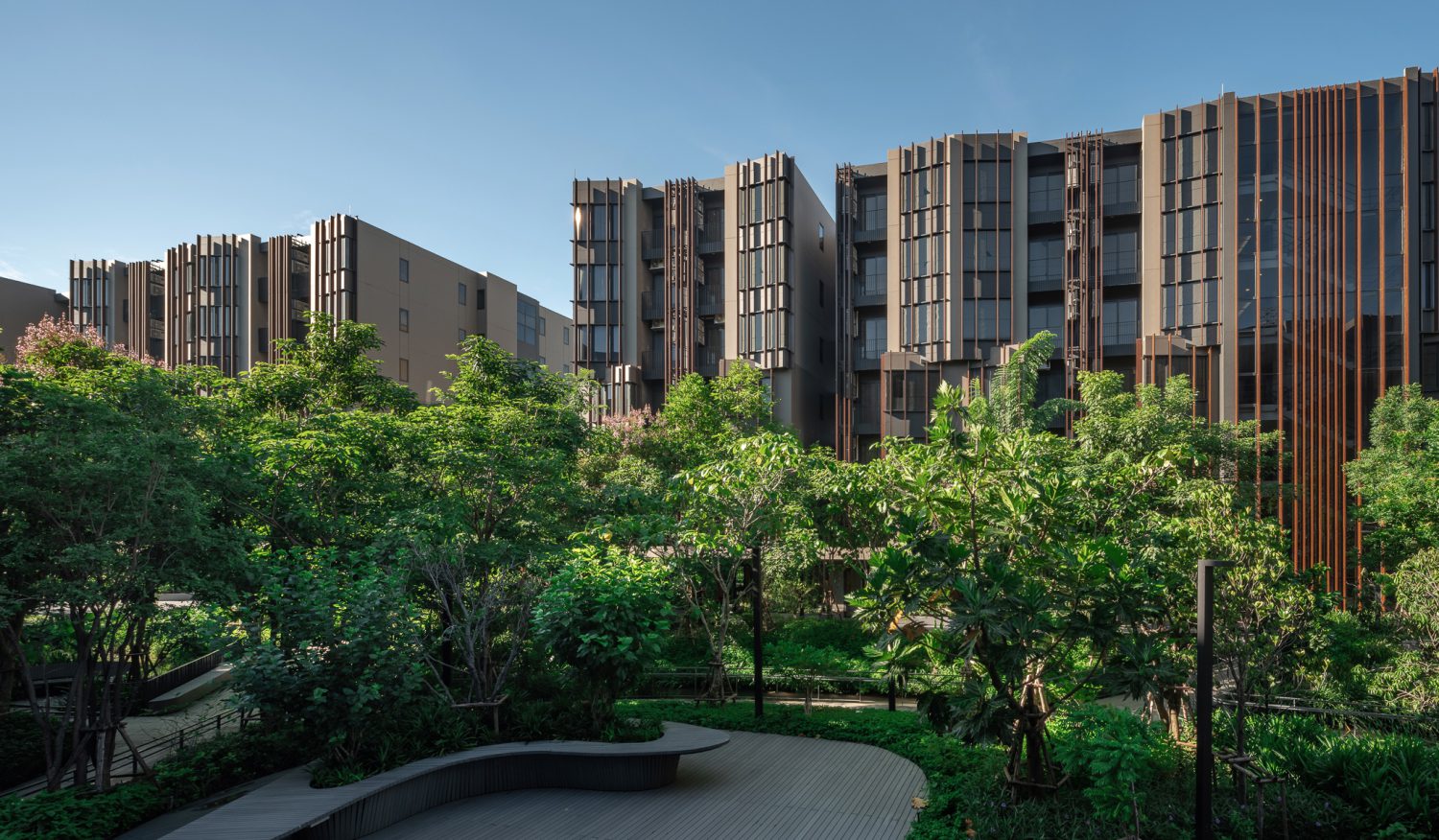
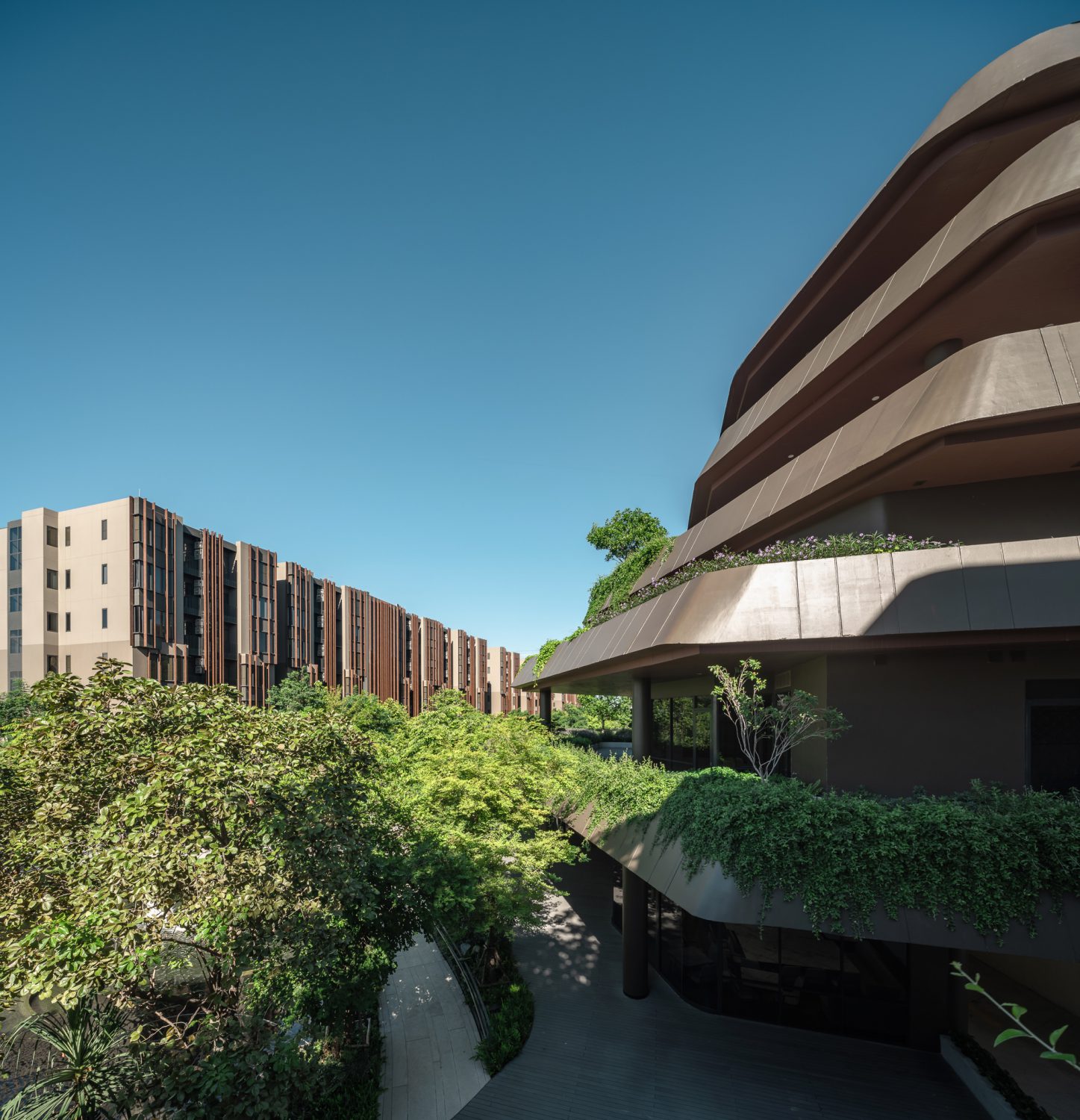
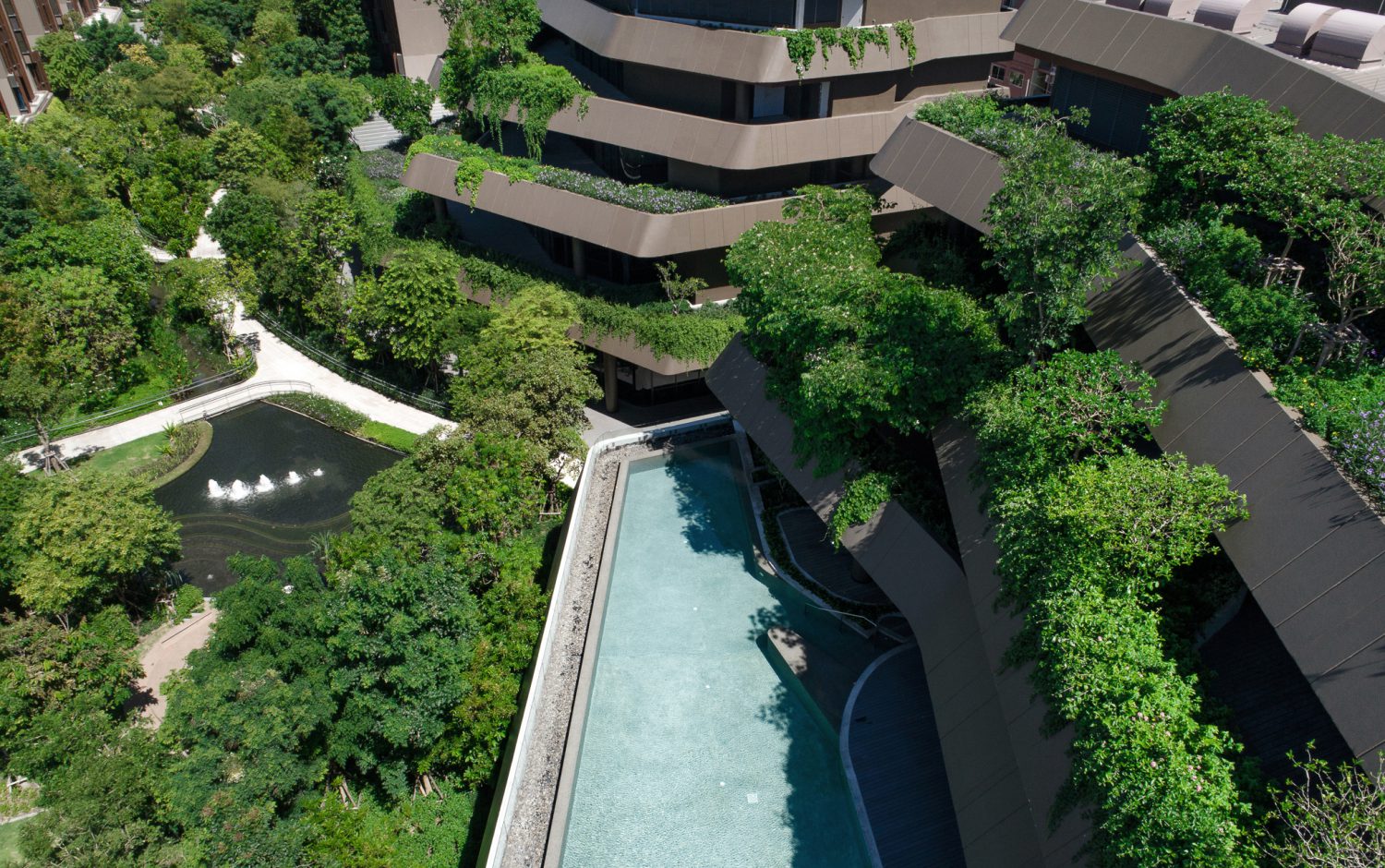
PM2.5, a key component of air pollution, poses significant challenges to urban environments worldwide. As architects, we recognize the crucial role we play in mitigating the effects of PM2.5 through our design choices. By integrating green technologies, natural ventilation systems, and sustainable materials into our projects, we aim to create buildings that are not only aesthetically pleasing but also contribute to a healthier indoor and outdoor environment.
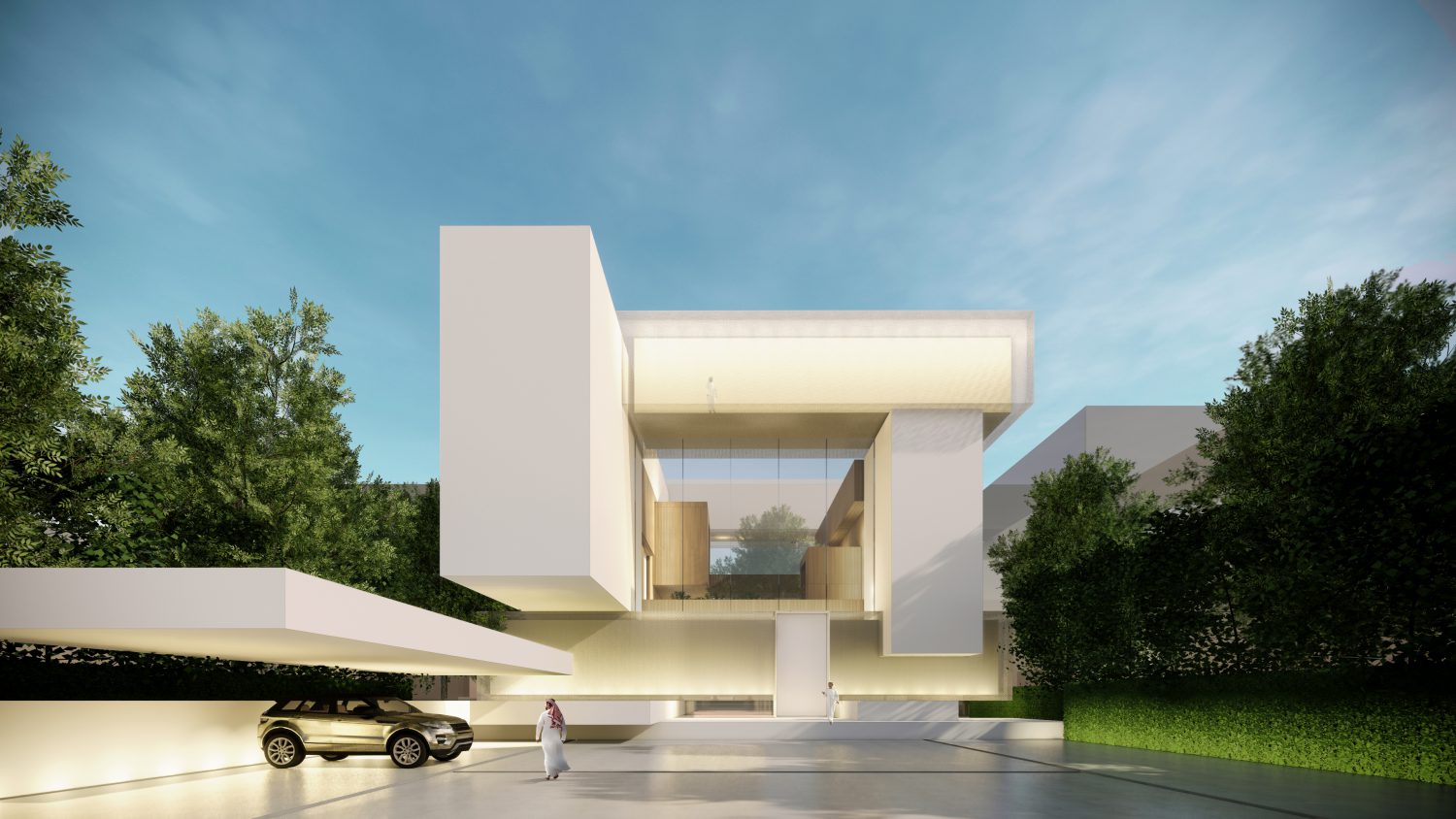
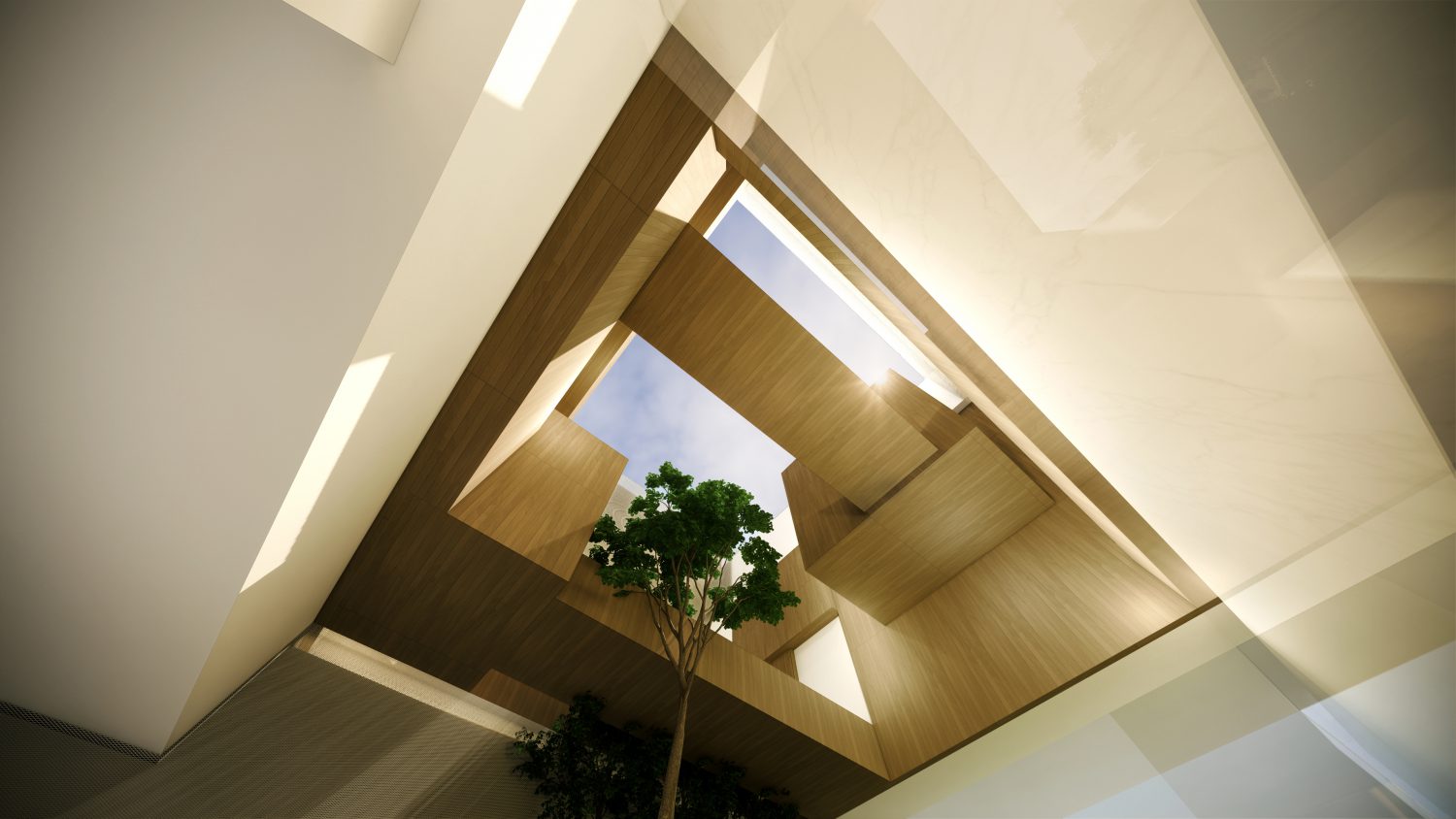
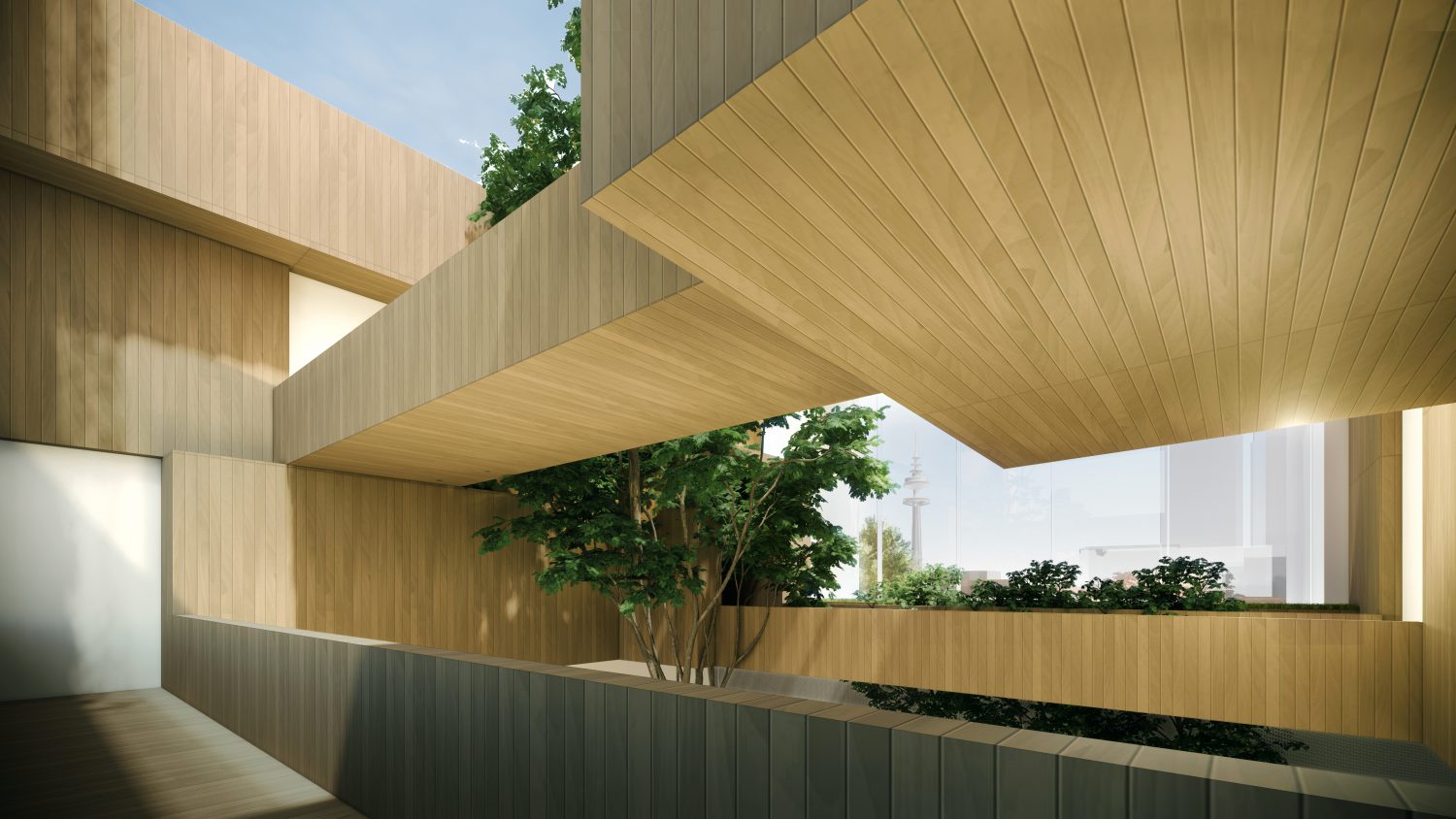
Our reflection on PM2.5 has inspired us to rethink conventional building practices and embrace a more holistic approach to architecture. We believe that by designing with a deep understanding of environmental factors, we can create spaces that are resilient to the impacts of air pollution and climate change. Through our research and experimentation, we have explored new materials, construction techniques, and design strategies that have the potential to transform the way we build for the future.
Looking ahead, we envision a future where architecture and urban design are seamlessly integrated to address the challenges posed by PM2.5 and create spaces that prioritize human health and well-being. By leveraging our expertise and creativity, we are confident that Openbox Architects can continue to lead the way in shaping a more sustainable and livable built environment for generations to come.


